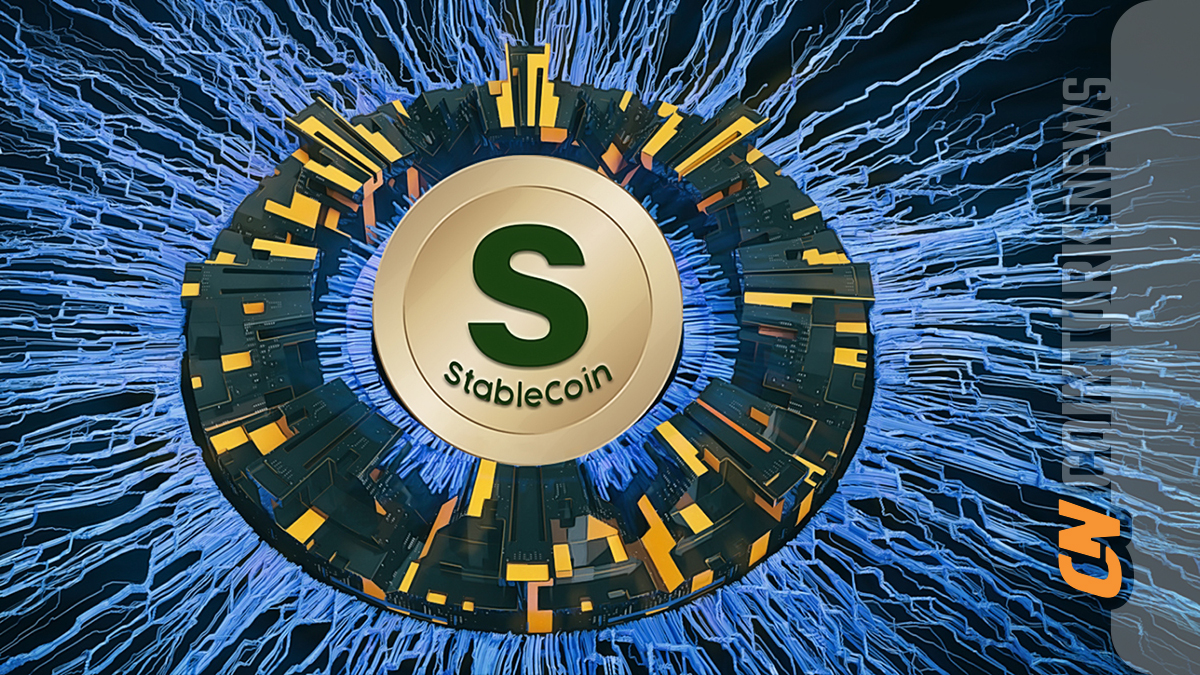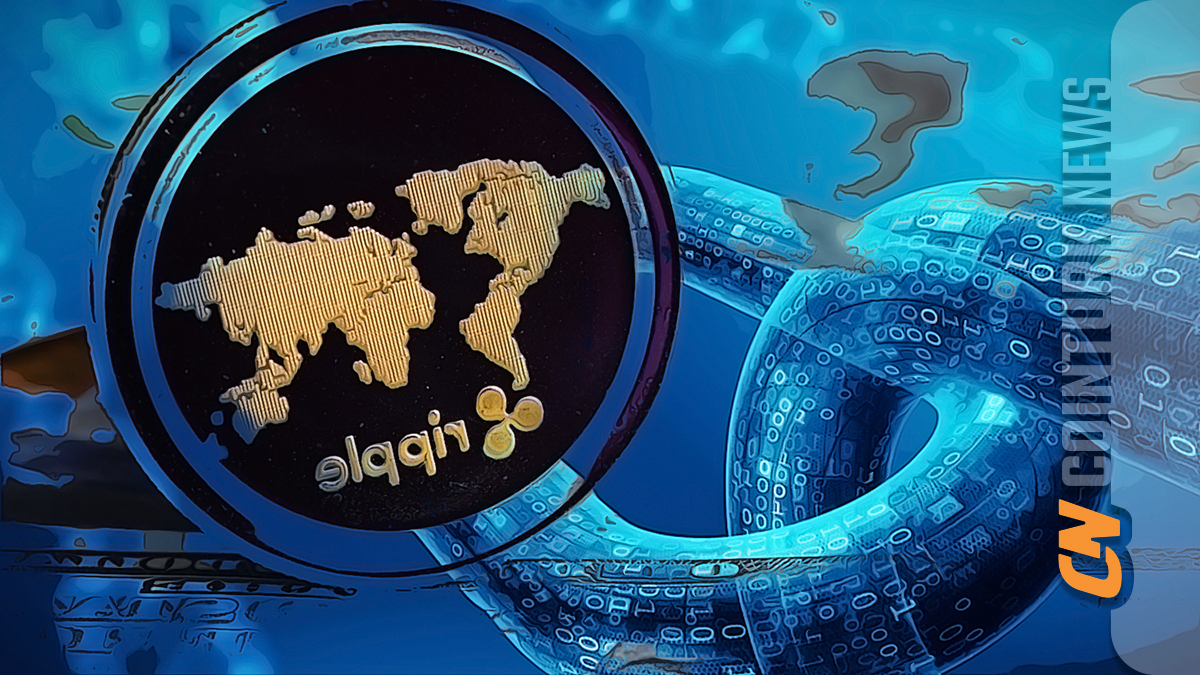Tether, the largest stablecoin in the cryptocurrency markets, is making significant decisions nowadays. The latest one has just been announced. The stablecoin, which has ended its support on several networks, stated that this is part of its new strategies. So, which networks will no longer use Tether and what is the reason behind this decision?
Tether (USDT) Latest News
Tether mentions that exchanges have similar processes to delist altcoins. Accordingly, USDTs circulating on many networks can be removed from the networks depending on the data received.

“We have a deep sense of responsibility to maintain a robust blockchain ecosystem for Tether, USDâ‚®, and all other tokens we issue. To fulfill this commitment, we periodically evaluate existing transport layers and strive to strike a balance between sustainability, usage statistics, and community interest. A key factor in deciding to bring USDâ‚® to a specific blockchain is the level of community interest. We carefully evaluate the necessary efforts encompassing security, customer support, compliance, and regulatory oversight to ensure the security, usability, and sustainability of the chosen network. If a blockchain does not receive significant interest and show signs of improvement in usage indicators over an extended period, maintaining support becomes inefficient and jeopardizes security and oversight.â€
Following a careful evaluation, Tether announced that it will cut its support to Kusama, Bitcoin Cash SLP, and Omni Layer applications, entering a strategic transition phase.
“Given that Tether was the first transport layer used in 2014, we particularly understand the significance of this decision for Omni. The Omni Layer, built on top of Bitcoin, played a crucial role in Tether’s early journey, and we acknowledge the contributions and innovations the team has made to the crypto space. However, over the years, the Omni Layer has faced challenges due to the absence of popular tokens and the availability of USDâ‚® on other blockchains. This has led many exchanges to prefer alternative transport layers, resulting in a decrease in the use of USDâ‚® on Bitcoin that uses the Omni Layer. As a principled organization, we must remain consistent and transparent and adhere to open processes even if it requires difficult choices. Nevertheless, we believe in the potential of the Omni Layer and the transformative power of decentralized exchanges.â€

 Türkçe
Türkçe Español
Español










